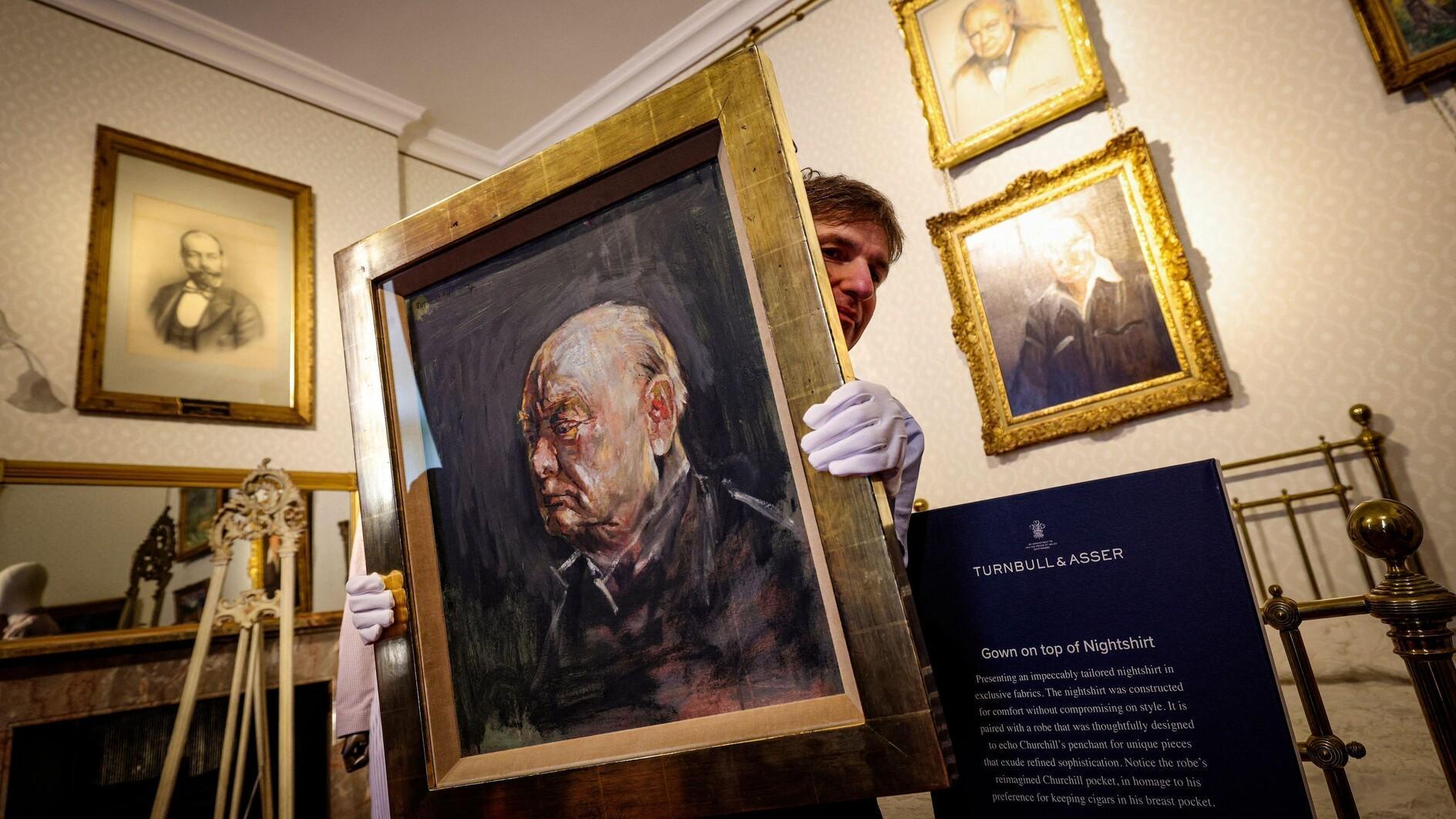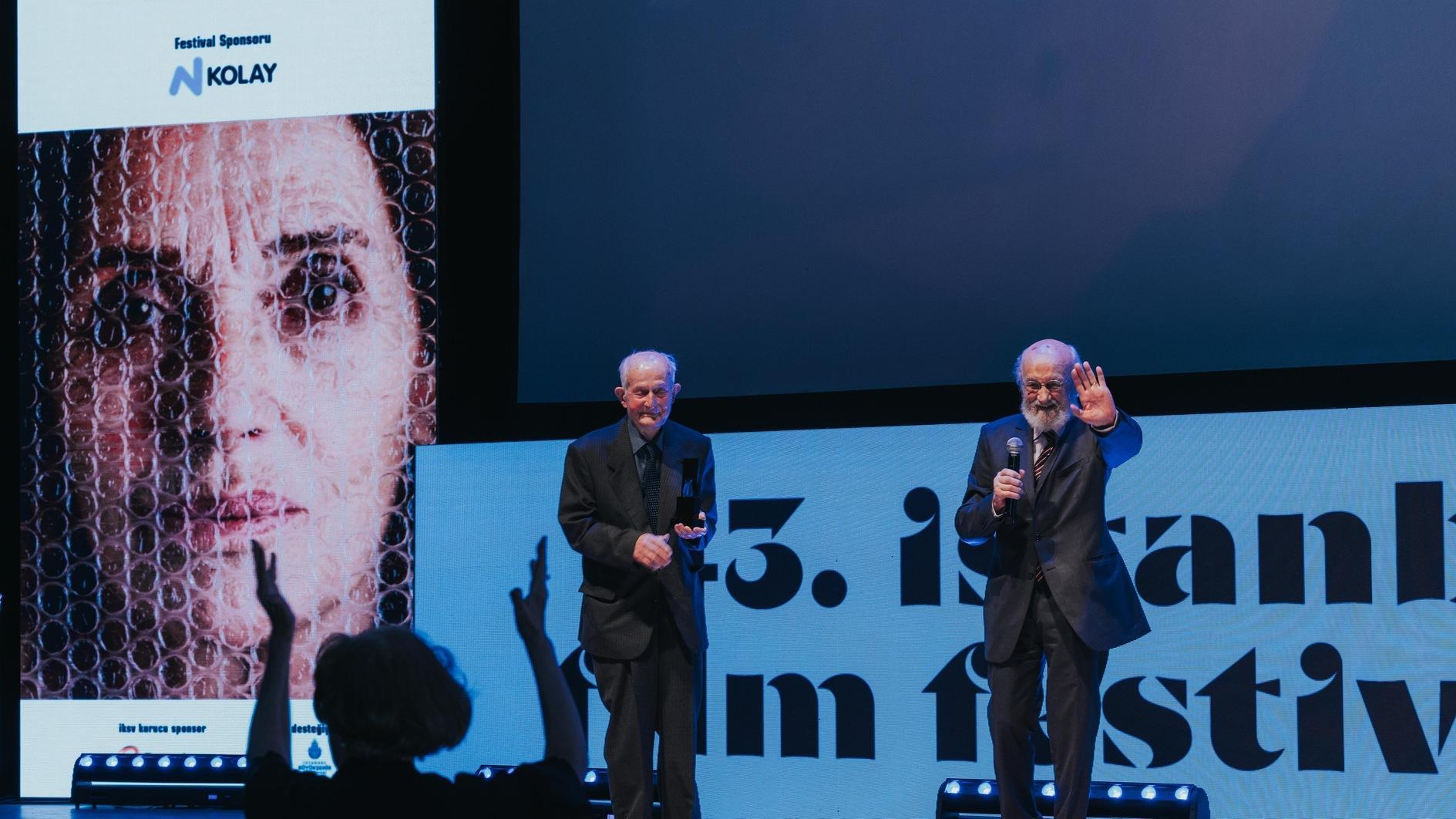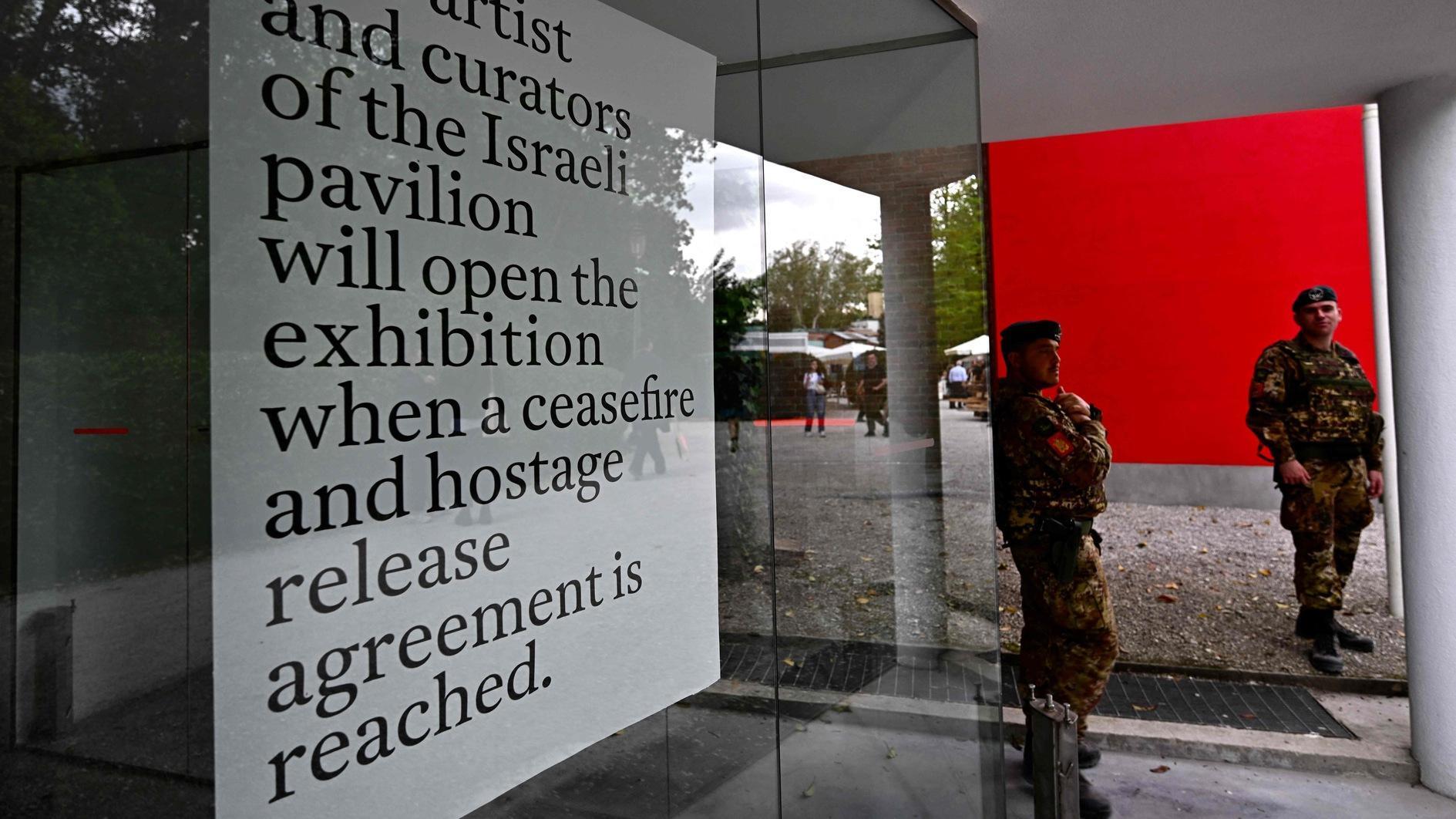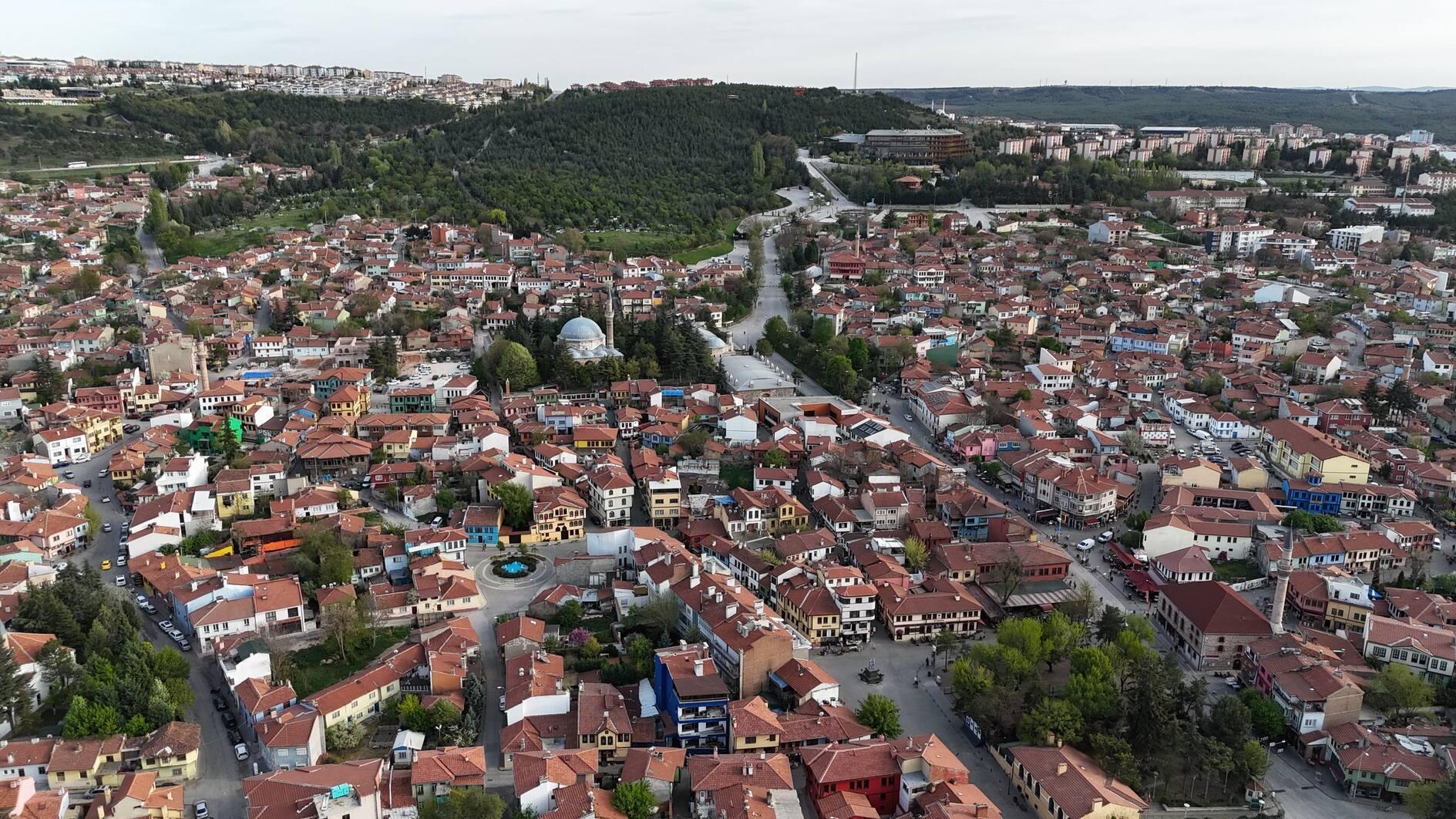How much are we engaged in arts events?
The Istanbul Foundation for Culture and Arts (İKSV) has issued the “Public Engagement in the Arts” report, a study to be taken into consideration as it scrutinizes the connection between art and institutions, civil society organizations and individuals.
When we review the situation through figures, we would come up with quite unpleasant findings.
The foundation, İKSV, had conducted studies before on the topic and had published them as books. As a cultural institution, I find them laudable and worthy of support that they undertake this responsibility.
Do institutions commit themselves to the duties that falls upon them, I wonder. The answer to this question shuttles between yes and no. This is what can be derived from interviews conducted with 17 cultural institutions.
While this is the state of the institutions, how is the rate of individual engagement in arts?
Among those who have participated in the surveys, 70 percent have never attended a cultural activity. Many of them know about libraries but they have declared that they have not gone to any. The rate of using neighborhood libraries is pretty low. Some 70 percent of those who go to libraries do so to study, they have declared.
The aim of this report is “bridging the distance between audience and arts institutions, deepening audience experience and diversifying audience profile.” It is to enable more people from different audience profiles to participate in more culture and arts activities.
For this to happen, best practices from Turkey and the world, several cooperation models and innovative approaches are offered.
İKSV, a short while ago, granted culture and arts cards to 1,000 university students on the occasion of İKSV’s 45th anniversary and Eczacıbaşı Holding’s 75th.
The institutions that were interviewed were Akbank Sanat, Arter, Borusan Sanat, Depo, Emek Sahnesi, Istanbul Modern, Kumbaracı50, Mekân Artı, Moda Sahnesi, Pera Museum, Sakıp Sabancı Museum, SALT, Zorlu PSM, Sinemia, İyi Sahne, Atatürk Library, and the Istanbul Metropolitan Municipality Lifelong Education Center (İSMEK).
The book on “Public Engagements in the Arts” has the features of a guide book that both enables our correct perception of the issue and sheds light on our studies in this field.
Advancement of access to culture and arts and the means of participation as well as democratization of culture should be accepted among essential priorities of culture policies.
This report titled, “Public Engagements in Culture and Arts” has an integrated view in the culture and arts field in Turkey, trying to get to know the “users” of the field, as well as aiming to shed light on the concepts of audience and participants.
Really, without learning the concepts, we cannot conduct correct and healthy debates.
In the drafting of the reports, comparing examples from outside Turkey has increased the beneficiaries. We can take advantage of them in our studies that will be conducted after learning the practices in the world.
If you take a look at the chapters of the book, you would acknowledge that the study covers a wide field; especially statistics, figures, and what the digital technology has brought. Some of these chapters are:
What do public engagements in culture and arts mean?
Who is the audience, how does it attend?
Is it possible to describe what the audience profile in Turkey is?
Digital technologies
It is a handbook good for everybody who is interested in cultural policies.











